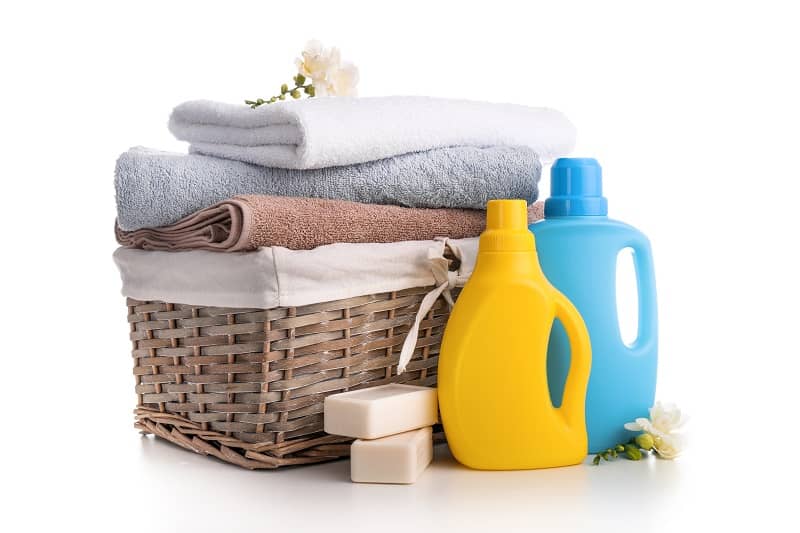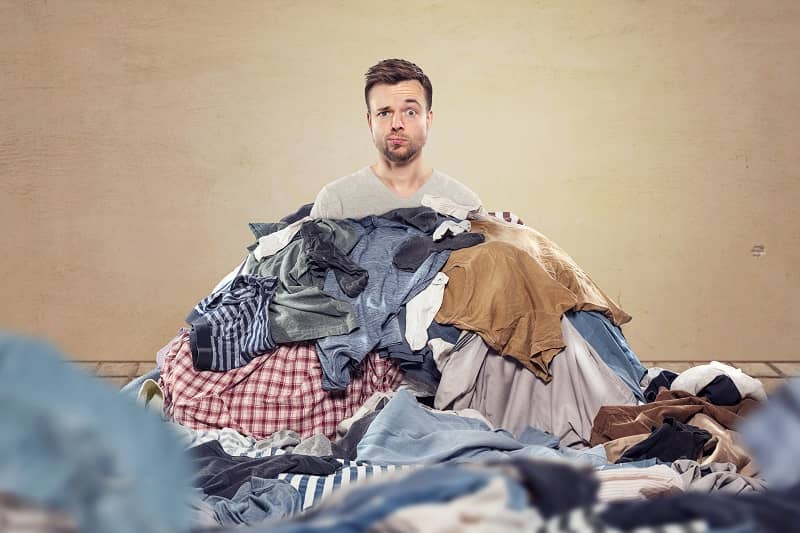College is a massive transition in virtually all areas of your life even in the more mundane and everyday responsibilities. For many college students, undergraduate life is the first time they handle laundry all on their own. As you start making a list of all the items you’ll need to succeed in college, make some room for this essential laundry equipment. These handy, convenient, and low-cost items will make your routine visits to the campus laundry room or local laundromat that much quicker and seamless.
Laundry basket.
The corner of the dorm room might seem like the perfect place to throw your laundry for the first few weeks of college, but you’ll quickly be looking for an alternative solution. That’s where laundry baskets come into play. They come in a wide variety of sizes, shapes, and materials, but their basic function is identical: to keep your dirty clothes in one convenient place until laundry day comes around. The best laundry baskets for college students are compact, lightweight, and foldable in some way. This way, you can easily store it away when you’re not using it to maximize the limited amount of living space you’re dealing with in college.
Laundry bag.
While your laundry basket is perfect for stowing away dirty clothes, it’s probably not designed to take on the road. As a result, you’ll need a laundry bag to haul everything from your dorm to the laundry room. A large bag of any size will do just fine, just make sure it’s lightweight, comfortable, and spacious. You’ll have to fit days worth of clothing in there and might even have to carry it a decent way if you’re going to a local laundromat. If you can find a hybrid laundry basket-carrying bag that gets the job done, you’re killing two laundry birds with one stone.
Detergent.
Detergent is critical when it comes to keeping your clothes clean and smelling fresh. There are plenty of high-quality detergents that get the job done, but the variety gives you room to choose what fits your needs best. The best detergent will depend on a few factors including your budget, the strength of cleaning your clothes demand, your scent preferences, and any sensitivities or allergies you might have. Some laundromats sell detergent which is convenient in a pinch. However, bringing your own detergent is going to save you a lot of money in the long run while giving you the ability to find a product that works perfectly for you.
Clothes hangers.
One of the most painful laundromat experiences is pulling out your favorite shirt or pair of pants from the dryer only to see them completely ruined. Sensitive materials such as faux leather, silk, wool, and suede aren’t designed to get tumble dried at high temperatures. This is where clothes hangers are essential. Read the tags on your clothes to figure out which items need to get hung up to dry instead of thrown in the dryer. You might find enough space to air dry your clothes in the laundry facility, but you can always move them to your dorm room with hangers.
Mesh bags.
Mesh bags are an effective way to protect more sensitive materials from becoming damaged during the washing and drying cycles. Undergarments, wool fabric, and other sensitive items can get snagged on zippers which can cause irreparable tears and holes. Instead of having to pay extra by separating loads, you can simply invest in a handful of mesh bags that protect your more at-risk clothing. These bags are incredibly affordable, easy to use, and highly effective. No more spin cycles of death! You can rest assured your clothes will remain intact.
Interested in getting more actionable advice for improving your routine trip to the laundromat? Check out CoinMeter’s insider tips and tricks so you can keep your clothes in tip-top shape and smelling great no matter what life throws your way.



